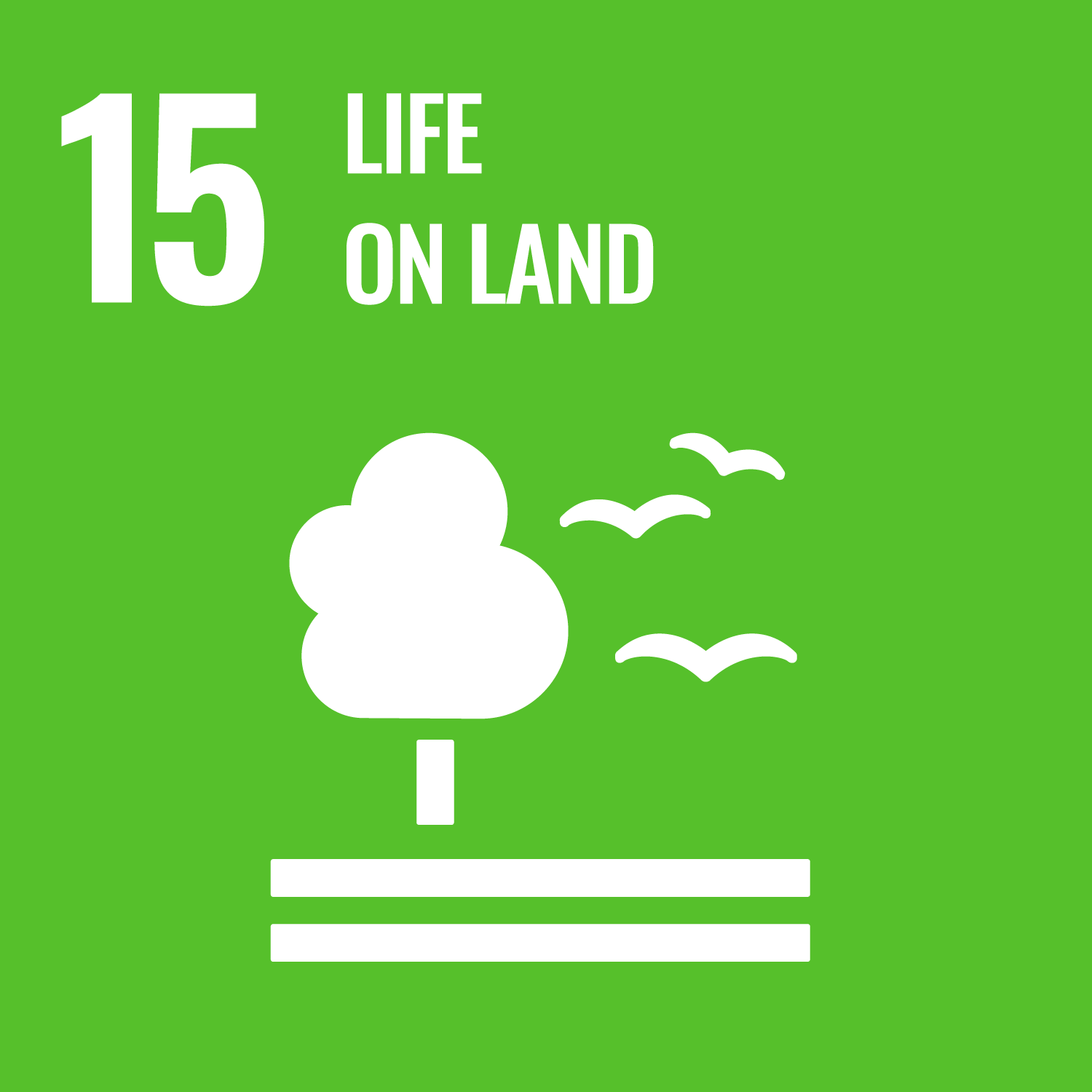Environmental history in Western Anatolia (Turkey) since the Last Glacial Maximum
ORCID
- Jessie Woodbridge: 0000-0003-0756-3538
Abstract
Mediterranean landscapes have been shaped by complex interactions between climate, land use and fire overmulti-millennial timescales. Understanding past trajectories of change provides knowledge of how modernlandscapes emerged, which can be valuable for their sustainable management. The aim of this study is toreconstruct environmental change in Western Anatolia (Turkey) through palaeoecological analysis of sedimentfrom Buldan Yayla Lake (Denizli-Buldan) from the Last Glacial Maximum (LGM) to the present, using a high-resolutionand multi-proxy dataset. To this end, fossil pollen, micro-charcoal, non-pollen palynomorphs, micro(μ)-XRF and radiocarbon analyses were applied to an ~18 m sediment core from Buldan Yayla Lake (Denizli-Buldan). According to the fossil pollen record, forest presence was low during the LGM (21000-18000 cal. BP),with the lowest value recorded at 5 % during this period due to cold and dry climatic condition. Forest presencebegan to increase with the transition to the Post-LGM period. Rapid forest development and high forest presencewere observed in the lake record from the transition to the LGM until the late Holocene. Forest development inWestern Anatolia occurred approximately 4,000 years earlier than in Europe according to the age-depth modeldeveloped for this record, though if a hiatus exists, this could reflect a shift of at least 1,300 years. High forestabundance during the late Glacial period was interrupted during the Younger Dryas (YD) and during the dryclimatic periods of 9250–8900 and 7700 cal. BP. The late Holocene period was characterized by intensive landuse, specifically olive cultivation, which reached its highest level in the Roman Imperial Period (during theancient city of Tripolis era), and the highest olive percentage recorded in Anatolia (38.4 %) was reached. Forestswere generally dominated by oaks, with pine forests replacing oak forests in the last 1350 (cal. BP) years. Microcharcoaland non-pollen palynomorph data were low in concentration between the LGM and Holocene and beganto increase with the Holocene transition reaching their highest values during the late Holocene. This studyprovides a reconstruction of long-term environmental change in Western Anatolia and reveals a significantrelationship between climate variability and shifts in vegetation patterns, particularly highlighting the increasingfrequency of fires and changes in land use during certain periods. This finding serves as an important example forunderstanding the relationships between climate, vegetation, fire, and land use in the Mediterranean Basin.
DOI Link
Publication Date
2025-05-15
Publication Title
Quaternary Science Reviews
Volume
356
ISSN
0277-3791
Acceptance Date
2025-03-05
Deposit Date
2025-03-27
Embargo Period
2026-03-19
Funding
This study was supported by the S\u00FCleyman Demirel University, Scientific Research Projects Coordination Unit, through the project Paleoecology of Yayla Lake (Big Meander-Denizli) and its Surroundings from the Last Glacial Maximum to the Present (number SDK-2019-7012). We extend our gratitude to Warren Eastwood (also for financial support from the British Institute at Ankara), Yunus Bozkurt, Yasemin \u00DCnl\u00FC (S\u00FCleyman Demirel University), Ahmet K\u00F6se (Isparta University of Applied Sciences), and Bahad\u0131r Duman (Pamukkale University) for their various contributions. We are also grateful to Adam Izdebski (Palaeo-Science and History Group at the Max Planck Institute of Geoanthropology) and John Haldon (Climate Change and History Research Initiative (CCHRI) at Princeton University) for their financial support of several radiocarbon age analyses. Additionally, we wish to express our appreciation to the reviewers and editors for their significant contributions to the development of this manuscript.
Additional Links
Keywords
Forest dynamics, Land use, Micro-charcoal, Multi-proxy data, Olive cultivation, Past vegetation, Western Anatolia
Recommended Citation
Dogan, M., Senkul, C., & Woodbridge, J. (2025) 'Environmental history in Western Anatolia (Turkey) since the Last Glacial Maximum', Quaternary Science Reviews, 356. Available at: 10.1016/j.quascirev.2025.109296


